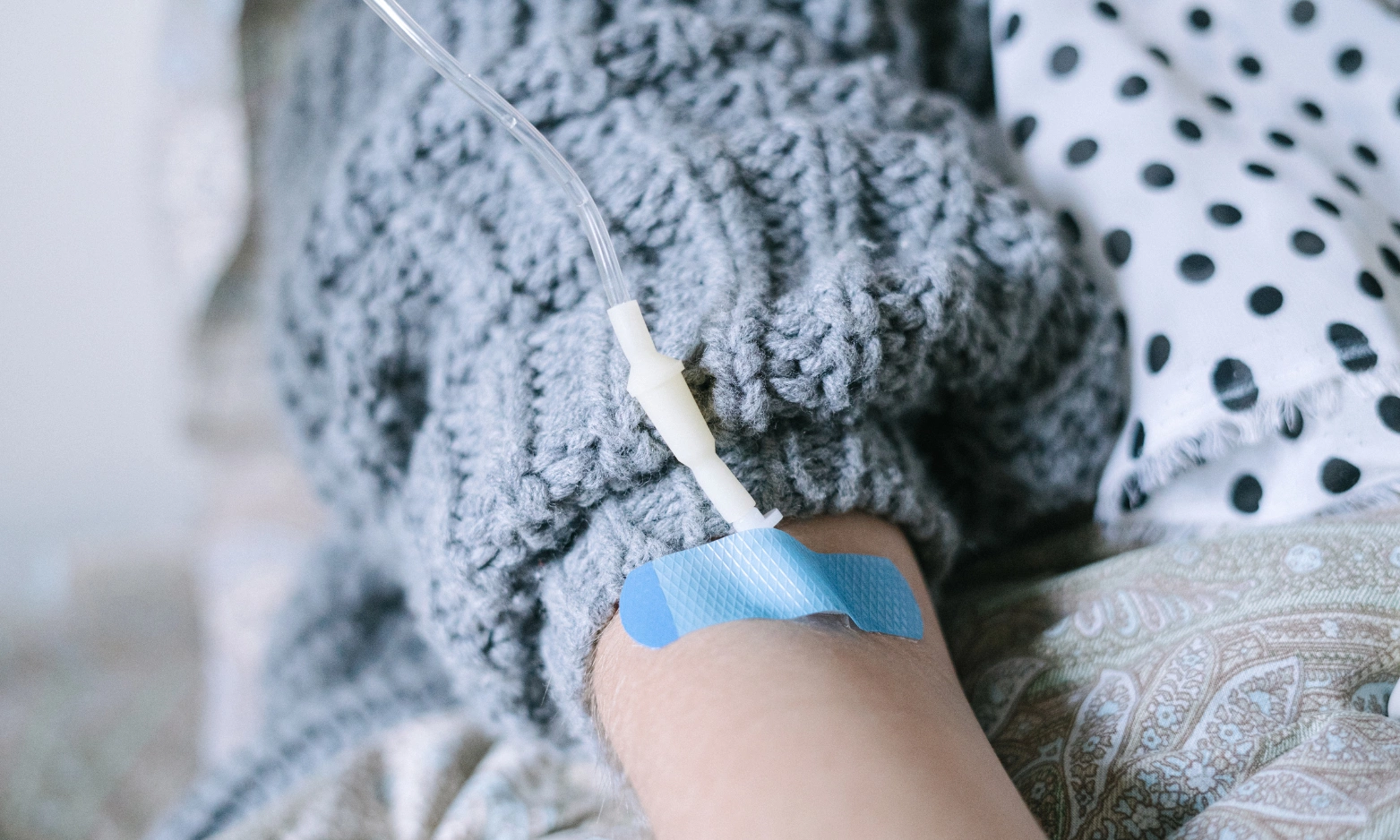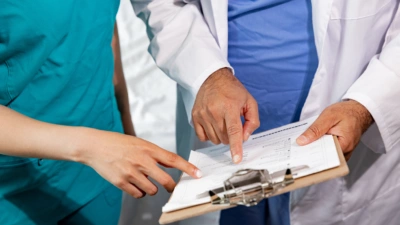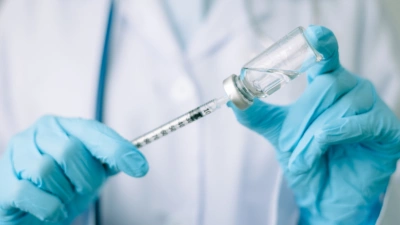Chemotherapy
Chemotherapy literally means therapy with chemicals. Many chemotherapy drugs are also called cytotoxics (cell toxic) because they kill cells, especially ones that multiply quickly like cancer cells.
Generally, chemotherapy drugs are the main form of treatment for cancer. There are many different types of chemotherapy drugs, and each drug affects the cancer cells in different ways. The dose, timing and types of the drugs used will vary depending on the particular disease involved, age and general health of the person, and the treatment protocol (plan) being followed.
Chemotherapy is usually given as a combination of drugs (combination chemotherapy). Each drug targets the cancer in a different way, and has different side effects. Therefore a combination may be more effective than a single drug in controlling your disease. Chemotherapy is often given in treatment cycles. Each cycle is made up of a certain number of days of treatment, followed by a certain number of days of rest. The rest days allow the body time to recover before the next cycle. Cycles vary in length depending on what drugs are used.
Chemotherapy is given in many different ways in the treatment of blood cancers. These are:
- Into a vein (intravenously or IV)
- In a tablet (orally)
- Into a muscle (intramuscular or IM injection)
- Under the skin (subcutaneously, sub-cut or SC)
- Into the spinal fluid via a hollow needle (intrathecally or IT).
Depending on your treatment plan, your doctor may recommend that a central venous catheter (also called a central line) is inserted through the skin, into a large vein in the arm, neck or chest. Once in place, chemotherapy and any other IV drugs can be given through the line and blood tests can usually be taken from the line, without the need for frequent needle pricks. There are several different kinds of central lines used; some are intended for short term use while others remain in place for months and even years. These lines require special care to prevent infection. The nurses at your treatment centre will teach you how to look after your central line.
Chemotherapy drugs can be administered (given) in a variety of settings. It will depend on the type of chemotherapy you are having and how it is given. Oral tablets are usually taken at home but you may need to be admitted to hospital (inpatient) for some chemotherapy infusions or visit a hospital day-stay or outpatient clinic. Chemotherapy can have a variety of side effects. Here is a list of the most common ones, in alphabetical order.
- Anaemia
- Bruising and bleeding
- Constipation
- Diarrhoea
- Difficulty concentrating or remembering (chemo brain)
- Early menopause
- Fatigue (extreme tiredness)
- Fertility issues
- Hair loss
- Increased risk of infection
- Low mood, anxiety, depression or difficulty coping
- Nausea and vomiting
- Organ damage
- Pain
- Poor appetite and taste changes
- Skin changes
- Sore mouth (mucositis).




